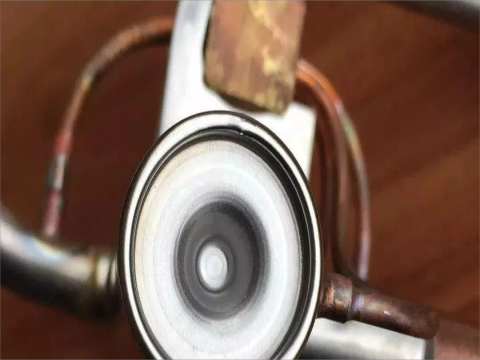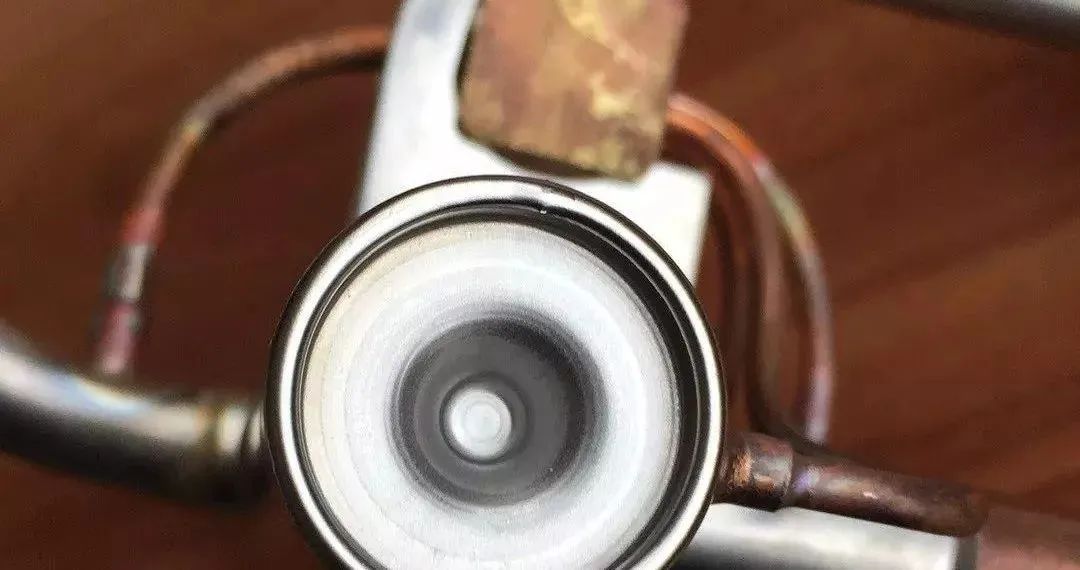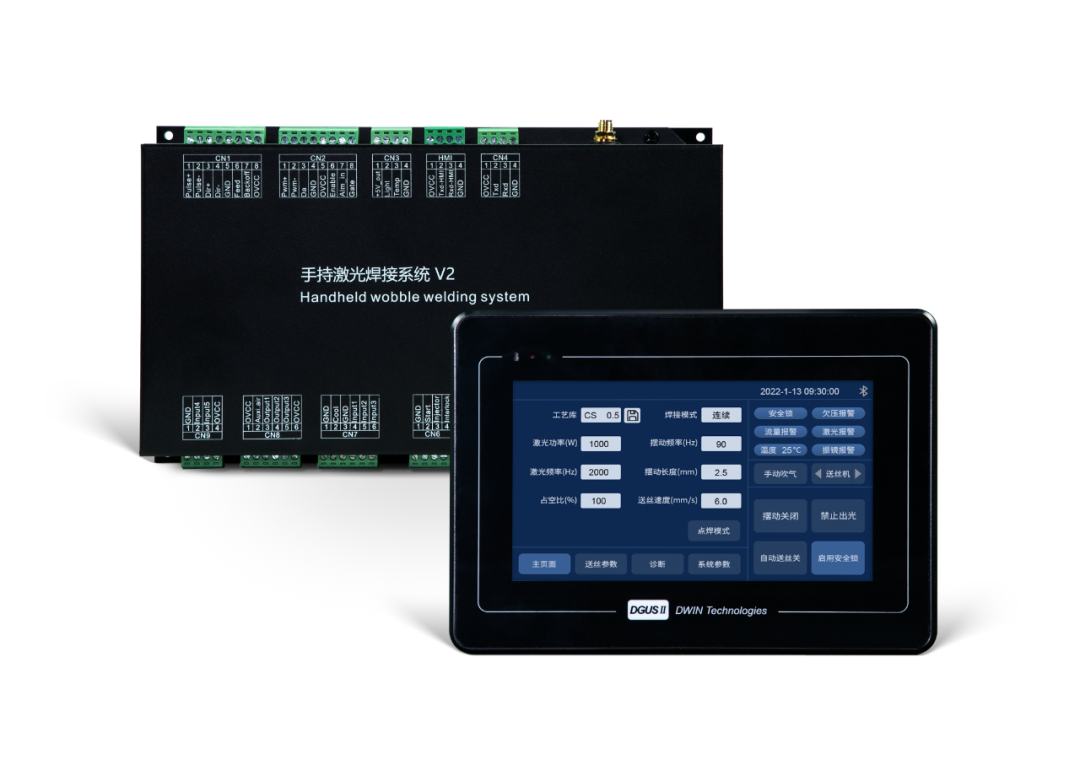
The role of protective gas
During the welding process, protective gas will affect weld formation, weld quality, weld depth and width. In most cases, blowing protective gas into the weld seam will have a positive effect, but it may also have a negative effect.
Positive effects
1) Correct protective gas blow-in will effectively protect the weld pool to reduce or even avoid being oxidized;
2) Correct protective gas blow-in can effectively reduce the spatter generated during the welding process;
3) Correct protective gas blow-in can promote the solidification of the weld melt pool evenly spread, making the weld shape uniform and beautiful;
4) Correct protective gas blow-in can effectively reduce the shielding effect of the metal vapor plume or plasma cloud on the laser, increasing the effective utilization of the laser;
5) Correct protective gas blow-in can effectively reduce the weld seam porosity. As long as the way to choose gas type, gas flow rate and protective gas blow-in method is right , we can get the ideal effect.


However, incorrect use of protective gas can also have a detrimental effect on welding.
Adverse effects are as follows:
1) Incorrect protective gas blow-in may lead to deterioration of the weld:
2) The wrong choice of gas type may lead to cracking of the weld and may also lead to a reduction in the mechanical properties of the weld;
3) The wrong choice of gas blow-in flow rate may lead to more severe oxidation of the weld (either too high or too low flow rate) and may also lead to severe disturbance of the weld pool metal by external forces resulting in collapse of the weld or uneven forming;
4) The wrong choice of gas blow-in can result in the weld not achieving a protective effect or even basically no protective effect or a negative impact on the weld forming;
5) The protective gas will have a certain impact on the weld depth, especially in thin plate welding, will reduce the weld depth.
Types of protective gases
The main protective gases commonly used for laser welding include N2, Ar and He, which differ in their physical and chemical properties and therefore have different effects on the weld seam.
1.Nitrogen N2
The ionization energy of N2 is moderate, higher than Ar and lower than He. The degree of ionization under the action of laser is average, which can better reduce the formation of plasma cloud and thus increase the effective utilization of laser. Nitrogen can chemically react with aluminum alloy and carbon steel at a certain temperature to produce nitride, which will increase the brittleness of the weld and reduce the toughness, and will have a greater adverse effect on the mechanical properties of the welded joint, so it is not recommended to use nitrogen to protect the aluminum alloy and carbon steel weld. The chemical reaction between nitrogen and stainless steel to produce nitride can improve the strength of the welded joint, which will help improve the mechanical properties of the weld, so you can use nitrogen as a shielding gas when welding stainless steel.


2.Argon gas Ar
The ionization energy of Ar is relatively lowest, and the degree of ionization under the action of laser is high, which is not good for controlling the formation of plasma cloud and will have some influences on the effective utilization of laser, but the activity of Ar is very low, and it is difficult to chemically react with common metals,and the cost of Ar is not high. Besides, the density of Ar is high, which is good for sinking above the weld pool and can better protect the weld pool, so it can be used as a conventional protective gas.
3.Helium gas He
He has the highest ionization energy, and the ionization degree is very low under the action of laser, which can control the formation of plasma cloud very well, and the laser can act on the metal very well. And He activity is very low, basically no chemical reaction with the metal, is a very good welding seam protection gas. However, the cost of He is so high that it is not used for mass-produced products. He is generally used for scientific research or for products with very high added value.
Protective Gas Blow-in Method
There are two main ways of shielding gas blowing in: one is side shaft side blowing shielding gas, as shown in Figure 1; the other is coaxial shielding gas, as shown in Figure 2.


Figure 1 Side Shaft Side Blowing Shielding Gas


Figure 2 Coaxial Shielding Gas
Two kinds of blowing into the specific way how to choose is a comprehensive consideration of many aspects, in general, it is recommended to use the way of side blowing protective gas.
The Selection Principles of Protective Gas Blow-in Method
First of all, it should be clear that the so-called "oxidation" of the weld is only a common name, theoretically refers to the chemical reaction between the weld and the harmful components in the air, resulting in the deterioration of the quality of the weld. It is common for the weld metal to react chemically with oxygen, nitrogen, hydrogen, etc. in the air at a certain temperature.
Preventing the weld from being "oxidized" means reducing or avoiding the contact of such harmful components with the weld metal at high temperatures. This high-temperature condition is not just the molten pool metal, but the entire period of time from when the weld metal is melted until the pool metal solidifies and its temperature drops below a certain temperature.
Examples
For example, titanium alloy welding, when the temperature above 300 ℃ can quickly absorb hydrogen, 450 ℃ above the rapid absorption of oxygen, 600 ℃ above the rapid absorption of nitrogen, so the titanium alloy weld in the solidification and the temperature is reduced to 300 ℃ below this stage are subject to effective protection effect, otherwise it will be "oxidation".
From the above description, it is easy to understand that the protective gas blown into not only the need for timely protection of the weld pool, but also the need to have been welded just solidified area for protection, so generally are used side axis side blowing protective gas shown in Figure 1, because this way of protection compared to the coaxial protection in Figure 2 in a broader range of protection, especially for the weld just solidified area has better protection.
Side-shaft side blowing is not possible for all products in engineering applications. For some specific products, only coaxial protective gas can be used. The product structure and the type of joint need to be selected in a specific way.
The Specific Selection of Protective Gas Blow-in Method
1.Straight Line Welding Seam
As shown in Figure 3, the shape of the weld seam is straight, and the joint is either a butt joint, a lap joint, a corner joint or a stacked weld joint. This type of product is preferable to use the side shaft side blowing protective gas method shown in Figure 1.




Figure 3 Straight Weld Seam
2.Weld Seam with Flat Closed Pattern
As shown in Figure 4, the shape of the weld seam is a closed pattern such as planar circumferential shape, planar polygon shape, planar polyline shape, etc. The form of the joint is butt joint, lap joint, stacked weld head, etc. can be. This type of product is preferable to use the coaxial shielding gas method shown in Figure 2.






Figure 4 Weld Seam with Flat Closed Pattern
The choice of protective gas has a direct impact on the quality, efficiency and cost of welding production. However, due to the variety of welding materials, the selection of welding gas is complicated in the actual welding process, which requires a comprehensive consideration of the welding material, welding method, welding position, and the required welding results. It is only through welding tests that a more suitable welding gas can be selected to achieve better welding result.


















































